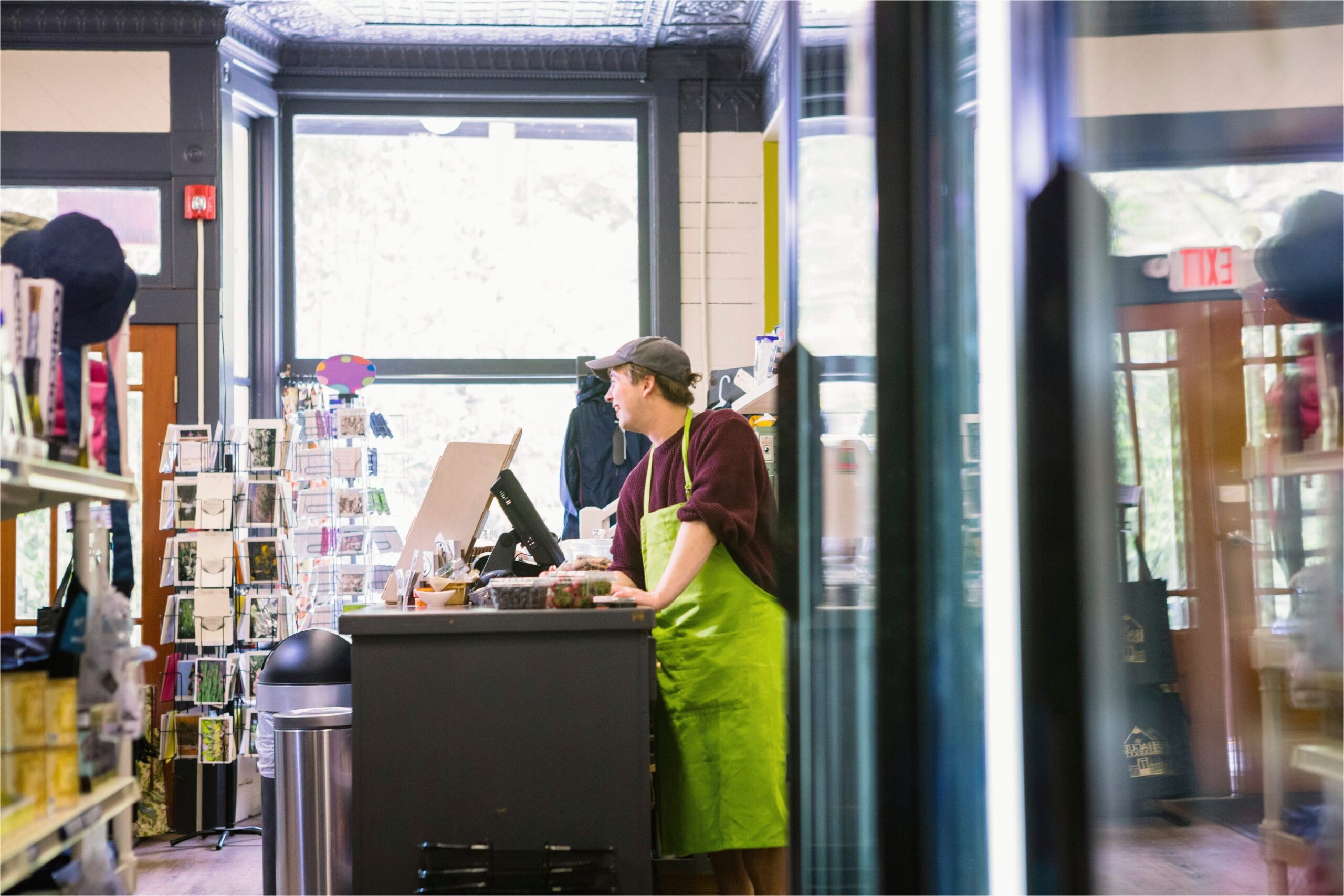Working alone presents unique challenges and risks. Whether you’re managing healthcare professionals making house calls, maintenance workers servicing remote locations, or retail employees closing up shop, ensuring their safety is paramount.
This guide explores effective strategies and tools to help you secure your employees’ safety while allowing them to work independently.
Understanding the risks
Lone workers face various potential hazards, including physical assault, verbal abuse, accidents without immediate assistance, environmental dangers, and health emergencies. Recognising these risks is the first step in developing a comprehensive safety plan.
Implementing a lone worker policy
Organisations should create and maintain a thorough lone worker policy. This document should outline risk assessment procedures, communication protocols, emergency response plans, and training requirements. A well-crafted policy ensures that both employers and employees understand their roles in maintaining safety.
Utilising lone worker devices
Modern technology offers powerful tools for lone worker protection. Lone worker devices, such as the SoloGuard, provide a range of features designed to enhance safety. These may include:
- GPS tracking
- Panic buttons
- Fall detection
- Check-in systems
These devices offer peace of mind and quick access to help when needed. For instance, the SECOM SoloGuard’s “Amber Alert” feature allows workers to set a timer when entering high-risk areas or tasks, automatically triggering an emergency call if the timer isn’t cancelled.
Communication and training
Regular communication is crucial for lone worker safety. Establish clear protocols for checking in with supervisors, reporting schedule changes, and alerting others when entering or leaving high-risk areas. Many lone worker protection systems incorporate communication features to streamline this process.
Proper training can make a significant difference in lone worker safety. Focus on risk assessment skills, de-escalation techniques, first aid, and emergency response. Employees should also be thoroughly trained in the proper use of safety equipment and lone worker devices. Regular refresher courses help keep these vital skills sharp.
Environmental awareness and personal health
As an employer, emphasise environmental awareness to your lone workers. Train them to survey their surroundings, identify escape routes, and exercise caution in unfamiliar locations. Empower staff to trust their instincts and leave unsafe situations.
Prioritise employee health by implementing regular check-ups, providing stress management resources, and promoting proper rest and nutrition. A healthy workforce is a safer workforce, especially for lone workers facing unique challenges.
Leveraging technology and PPE
Beyond dedicated lone worker devices, consider how other technologies can enhance your safety. This might include smartphone apps with safety features, wearable tech with health monitoring capabilities, or cloud-based reporting systems for logging incidents.
Depending on your job, appropriate personal protective equipment (PPE) might be necessary. Ensure your PPE is well-maintained and suitable for your specific work environment.
Creating a support network
Encourage your lone workers to build relationships with colleagues and supervisors. Establish connections with local emergency services. Foster a strong support network within your organisation to provide backup in emergencies, offer guidance on difficult situations, and help lone workers stay connected, reducing isolation risks.
Support staff with tech
Working alone doesn’t have to mean working unsafely. By understanding the risks, taking appropriate lone worker protection measures — like the SoloGuard or staff attack alarms —, and staying vigilant, you can significantly enhance your staff’s safety on the job.
Remember, these devices are most effective as part of a comprehensive safety strategy that includes:
- A robust lone worker policy
- Regular training and communication
- Environmental awareness and personal health management
Your staff’s well-being is paramount — with the right combination of policies, training, technology, and awareness, it’s possible to create a secure working environment even when operating solo.
At SECOM, we have a range of products and services designed to protect lone workers, check out our range and get in touch if you have any questions.
